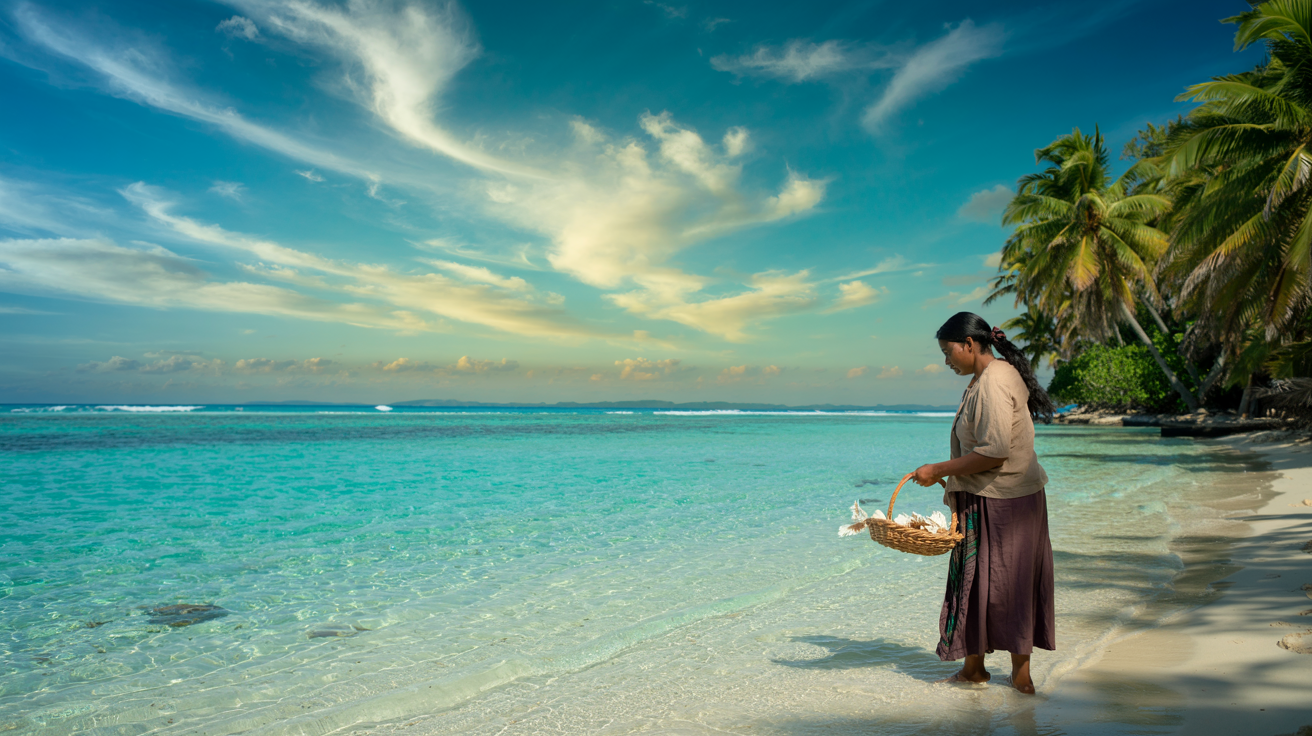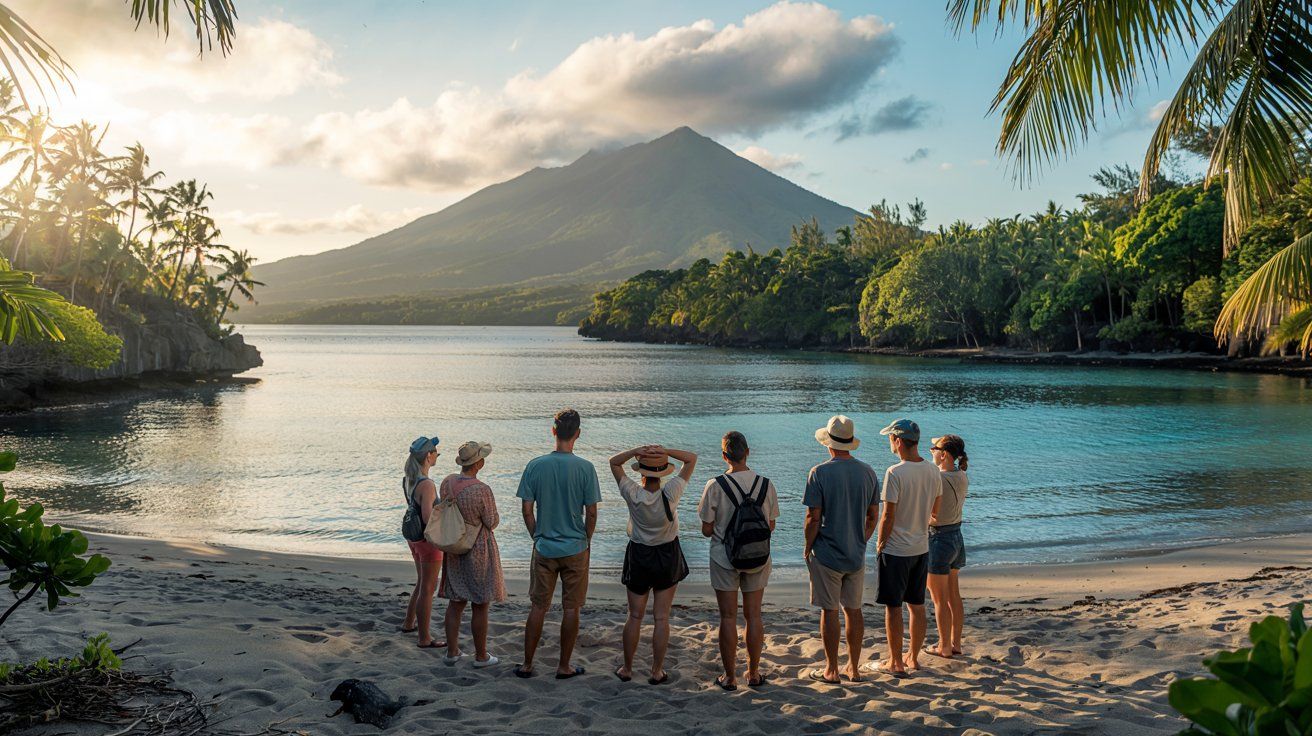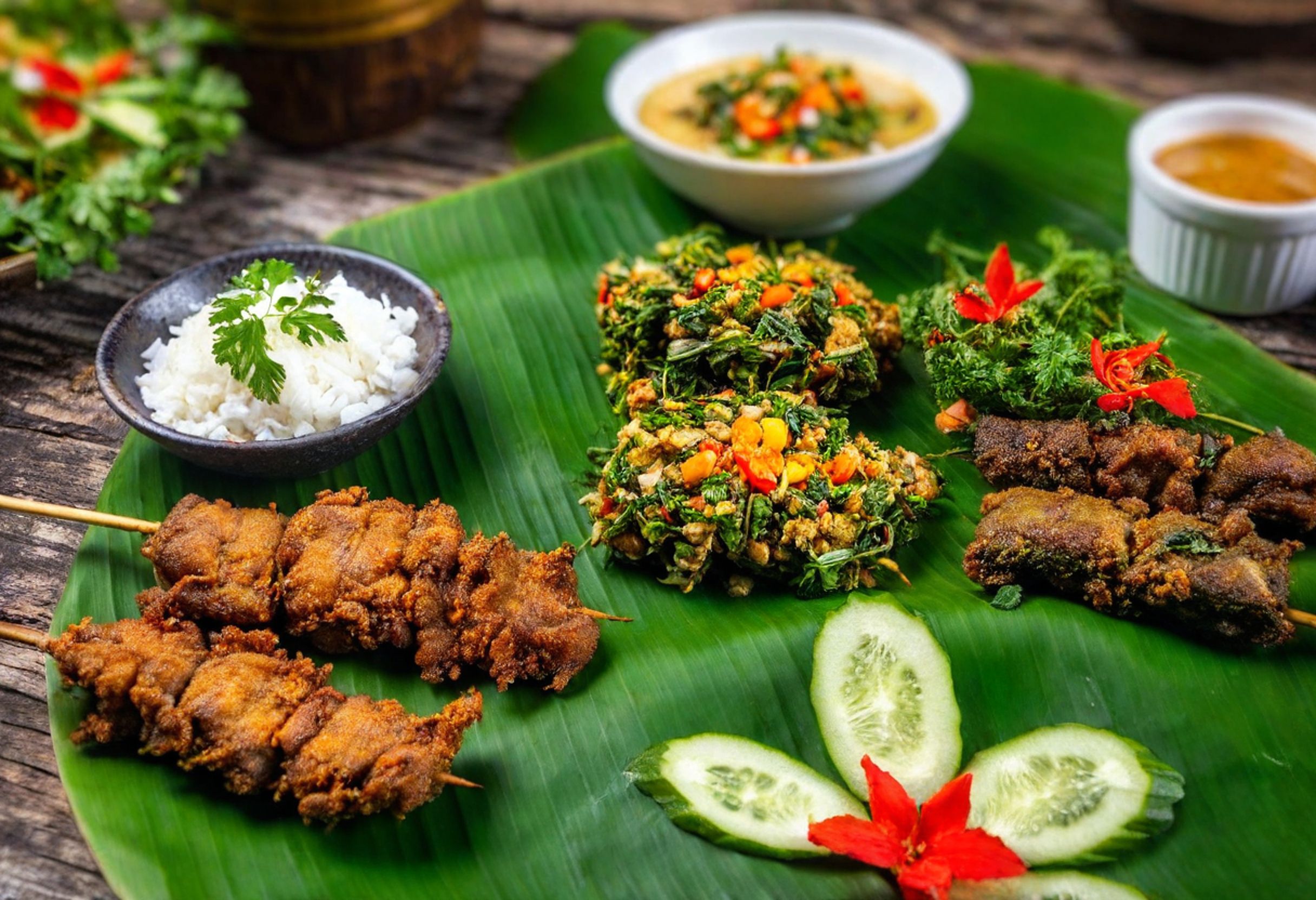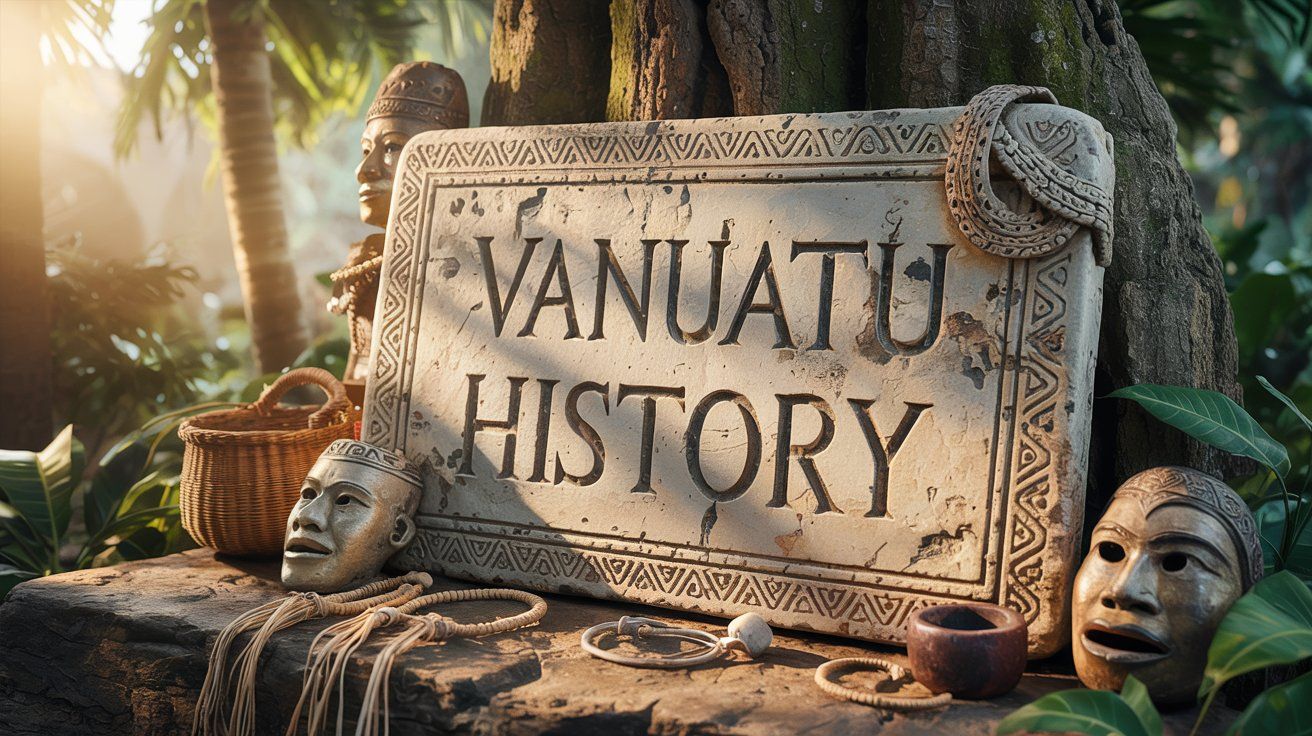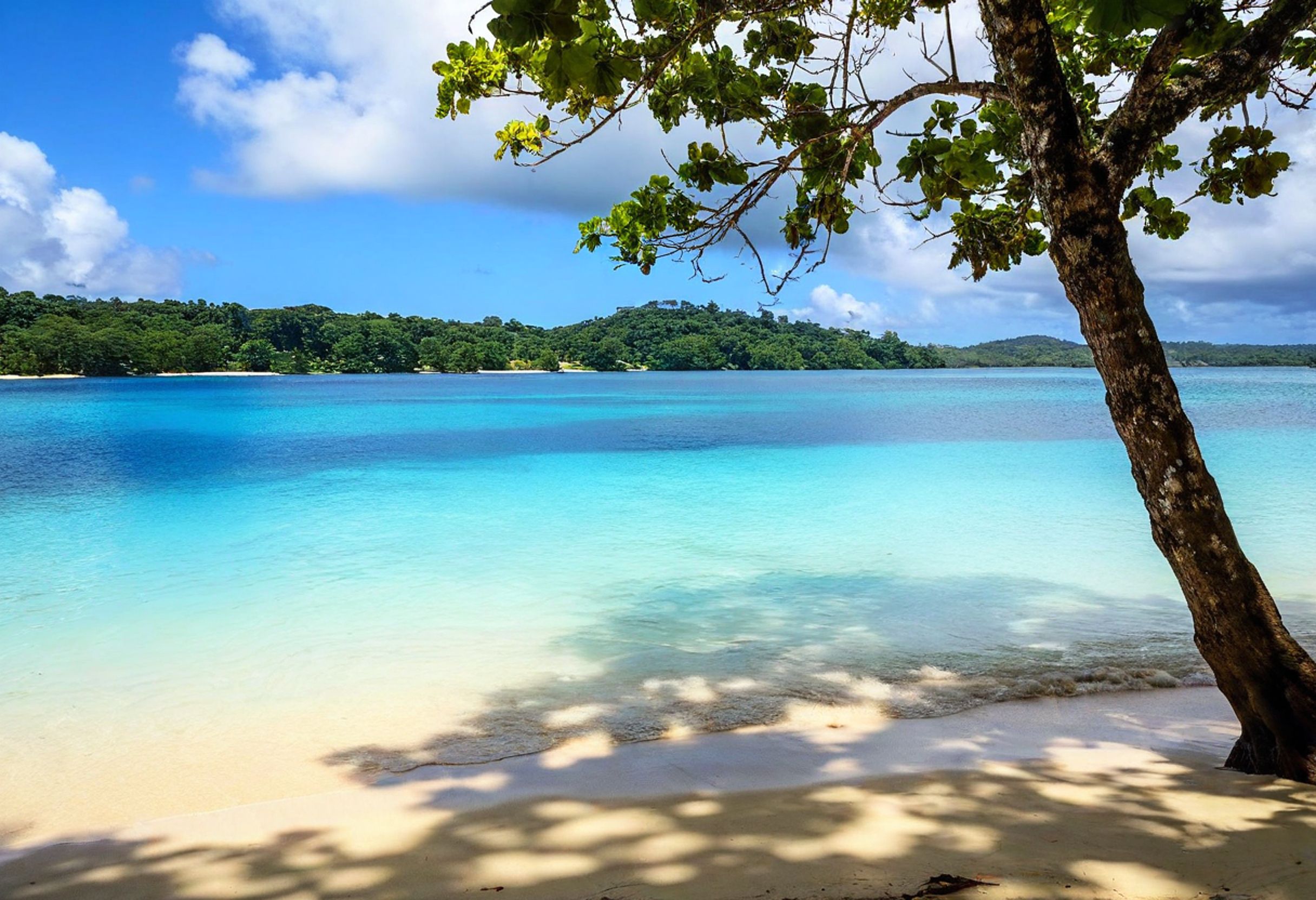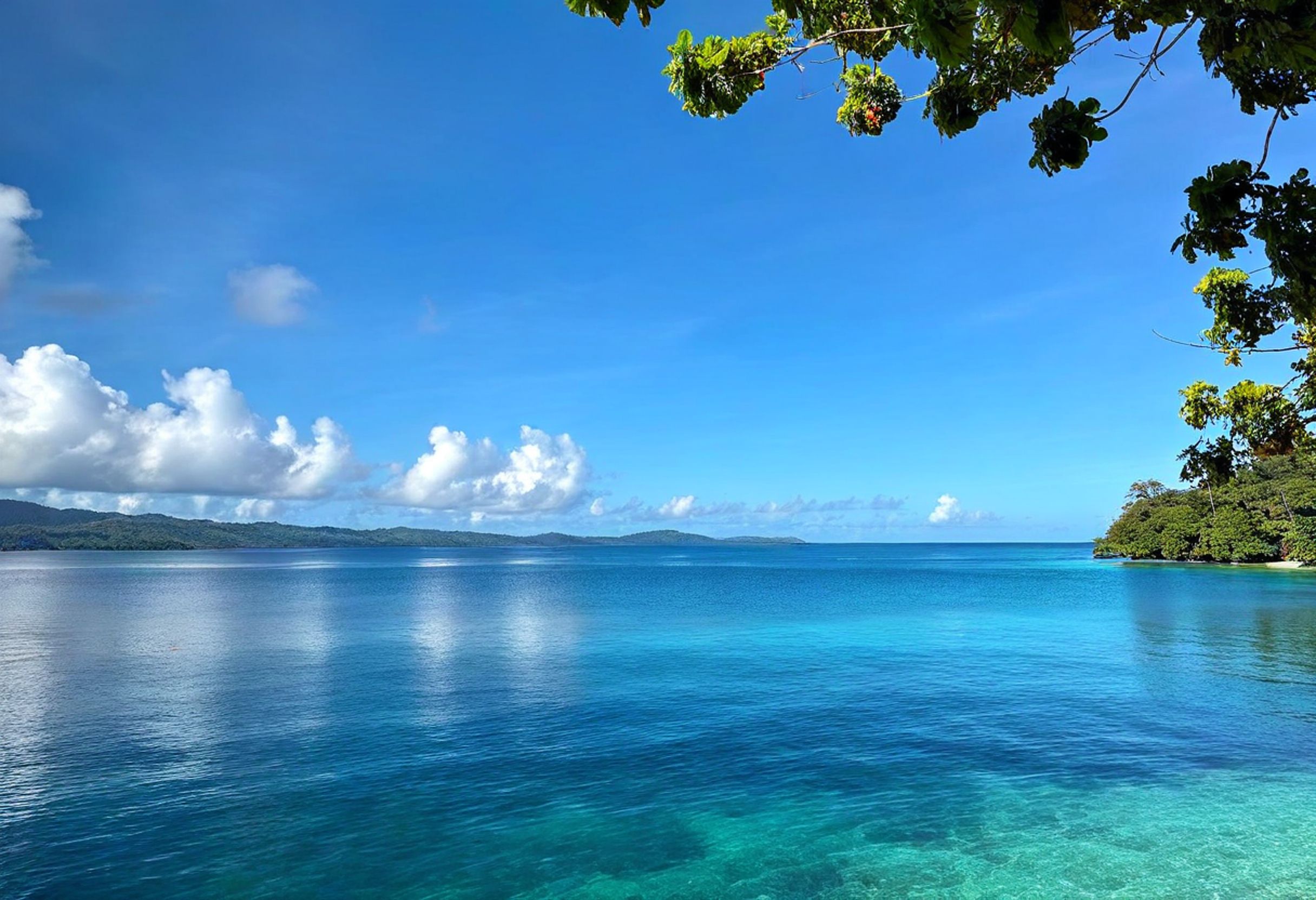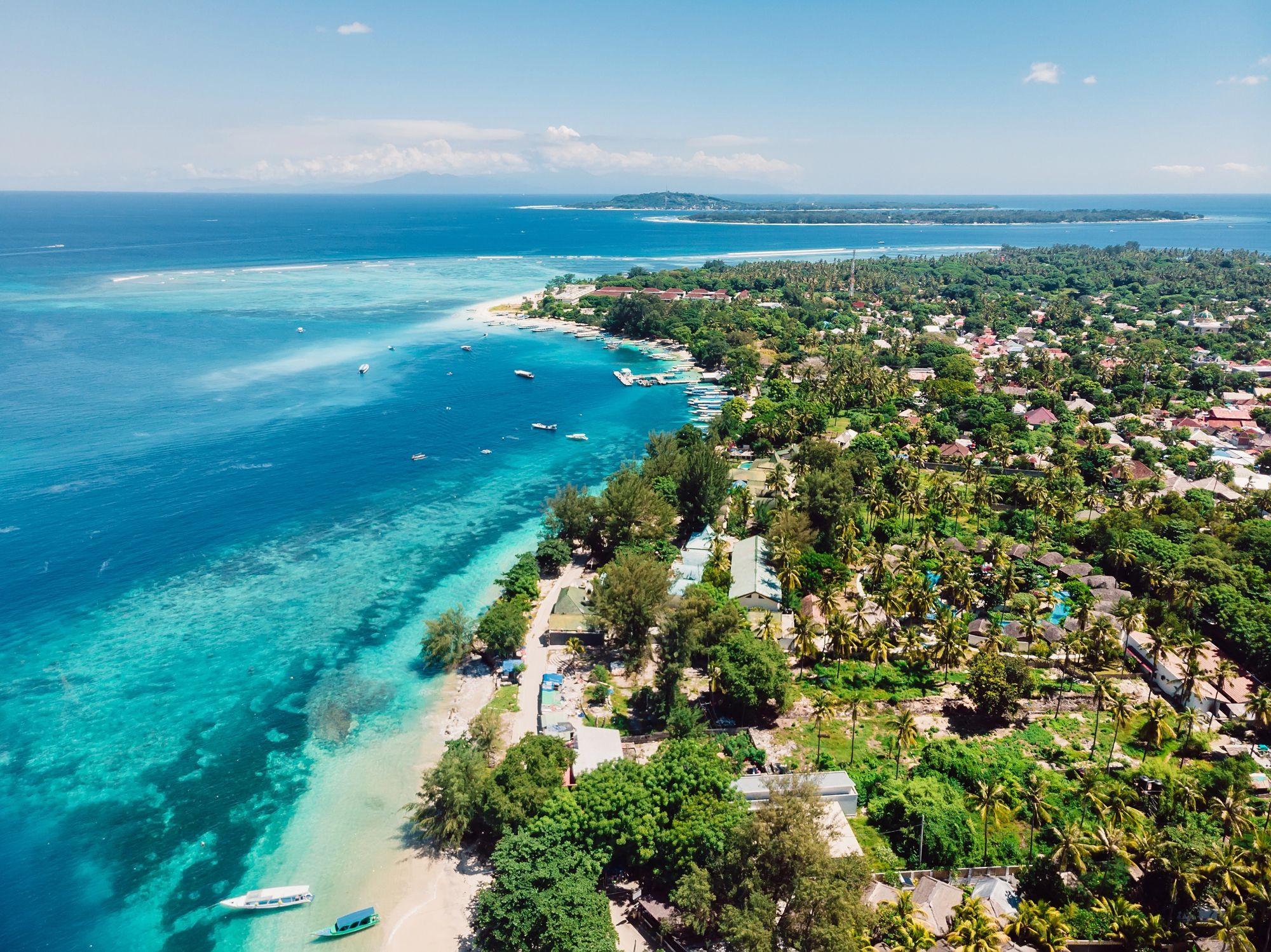The latest chapter of the U.S. Navy’s annual Pacific Partnership mission has just wrapped up in Samoa. This marks another step forward in regional disaster preparedness and cooperation across the Indo‑Pacific.
Over the course of two weeks, American forces worked side‑by‑side with allies from nine nations in a large‑scale humanitarian exercise. The goal was to sharpen mass‑rescue skills and strengthen community resilience in the face of extreme weather events.
From overwater bungalows to beachfront resorts, find your perfect stay in this island nation of more than 80 islands. Instant booking with best price guarantee!
Browse Accommodations Now
This collaborative effort aimed to improve response times during emergencies. It also sought to forge lasting bonds between countries that share the Pacific’s vast blue horizon — an effort that also touched Vanuatu.
Strengthening Disaster Preparedness in the Pacific
The Pacific Partnership program was born in the aftermath of the devastating 2004 Indian Ocean tsunami. At that time, unprecedented cooperation was needed to save lives and rebuild communities.
Since then, it has evolved into the world’s largest annual humanitarian mission in the Pacific region. Military and civilian partners engage to address the unique challenges faced by island nations.
This year’s Samoa exercise focused on a simulated mass‑rescue operation. Small island states can be especially vulnerable to tropical cyclones, tsunamis, and other climate‑driven disasters.
The chosen location was no accident. Samoa’s exposure to severe weather made it an ideal testing ground for new strategies and technology in rapid response and evacuation procedures.
A Truly International Effort
What makes the Pacific Partnership stand out is its collaborative nature. The Samoa drills brought together diverse expertise from:
- United States
- Australia
- Canada
- Germany
- Japan
- New Zealand
- South Korea
- Singapore
- United Kingdom
More than 1,500 personnel participated across the mission’s multiple stops. This included sailors, engineers, emergency responders, and medical teams.
Key Moments from the Samoa Exercise
The arrival of the expeditionary sea base USS John L. Canley on October 21 brought vital logistical support for the training activities. This ship acted as a central hub for coordination between different national teams.
As the exercise concluded, U.S. Pacific Fleet Commander Admiral Steve Koehler attended the closing ceremony in Apia aboard the French patrol vessel Auguste Bénébig. The event underscored the unique camaraderie formed throughout the mission.
The Wider Mission Scope
While Samoa was a focal point, this year’s Pacific Partnership made calls to several other destinations, including:
- Papua New Guinea
- Micronesia
- Palau
- Samoa
- Vanuatu
- Philippines
- Fiji
- Tonga
The deployment was led by Capt. Mark Stefanik aboard the USS Pearl Harbor, departing Hawaii on July 8, 2025. Stefanik emphasized that the mission is about sharing expertise across borders and building stronger, longer‑lasting networks.
Why This Matters for Pacific Island Nations
Island nations such as Samoa, Vanuatu, and Tonga face front‑line exposure to climate change impacts. Rising sea temperatures, shifting storm patterns, and increasing cyclone intensity are realities for communities whose survival depends on preparedness and quick response.
By hosting and participating in these multi‑nation drills, Pacific islands benefit from enhanced logistical capabilities and improved communication systems. Local responders gain direct access to the tools, training, and experience of global partners — advantages that can save lives when every second counts.
Connecting This to Vanuatu
For Vanuatu, which has faced its own share of destructive cyclones and volcanic events, the Pacific Partnership mission is not just an abstract regional program — it’s a tangible lifeline.
The visit by mission personnel brings with it critical medical support and disaster response training. It also fosters a strengthened relationship with countries that can provide rapid assistance in a crisis.
As a seasoned travel guide writer, I see how these humanitarian networks also influence tourism and everyday life in Vanuatu.
Resilient infrastructure and practiced emergency systems make the islands safer for both residents and visitors.
For travelers who venture into the stunning landscapes of Vanuatu — from Mount Yasur’s glow to the tranquil waters of Espiritu Santo — knowing that international partners stand ready to assist in emergencies can offer much‑needed peace of mind.
Here is the source article for this story: Pacific Partnership mission led by US Navy preps Samoa for mass rescues
Find available hotels and vacation homes instantly. No fees, best rates guaranteed!
Check Availability Now

